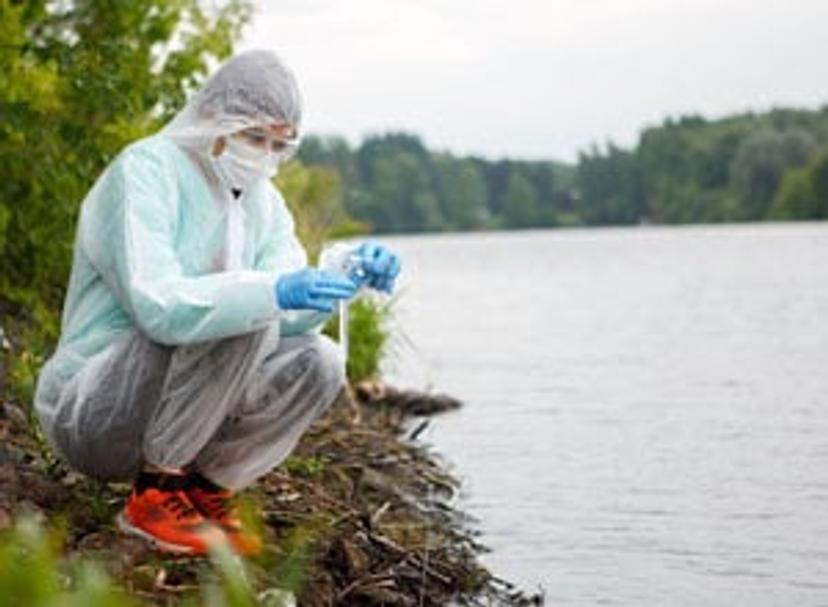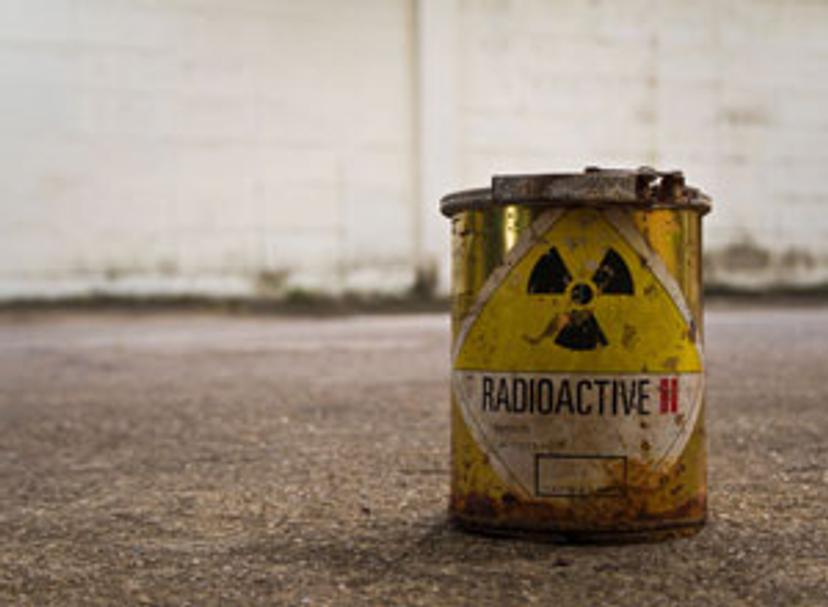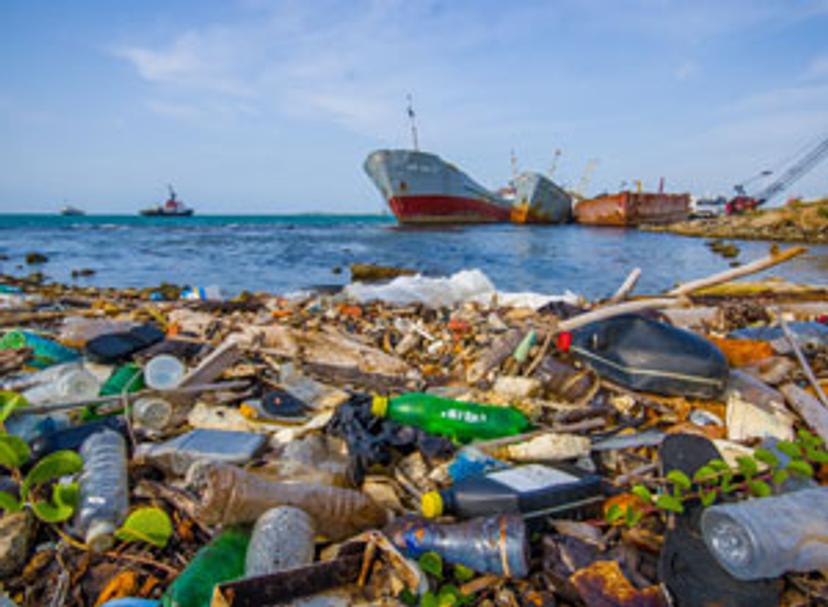What’s New in Environmental? Discover our Favorite Stories and Application Notes
From plastic-eating enzymes to nuclear disaster prevention, discover the top environmental stories of April 2018
29 Apr 2018
Passionate about the environment but not sure what to read next? Discover our editor's favorite stories, features and application notes from April in this handy guide. Highlights include our exclusive contamination special feature and the development of plastic eating enzymes at The University of Portsmouth.

SPECIAL FEATURE: Meeting the Growing Challenges of Pesticides and Contaminants
The safety of our food can be compromised both inadvertently through pesticide contamination and through purposeful adulteration. As the global food market is put under pressure, managing the safety of our food will remain a top priority. In this feature, you'll discover methods for detecting these contaminants in a range of matrices and useful resources from across the industry to help your lab workflow. Visit Feature

ARTICLE: Revolutionary New GC Columns Bring Magic to Water Analysis
Whilst previous analysis of water by GC did not lead to good results and encountered several issues, the development of revolutionary technologies has elimated these concerns. Find out what exciting developments in water analysis are on the horizon in this exclusive interview with GC expert, Lisa McCombie.

APPLICATION: Implementation of Radiological Emergency Monitoring Systems in Harsh Environments
Discover how nuclear power plants are responding to the Fukushima Daiichi incident by deploying new systems to reinforce their resistance to harsh weather conditions. These updates comply with new guidelines on how to prepare and react in case of an emergency situation or a global shutdown of public communication networks and/or power supply.

NEWS: Self-Healing Metal Oxides Could Protect Against Corrosion
Using E-TEM, researchers have discovered how an ultra-thin layer of aluminum oxide, though solid, can flow like a liquid instead of cracking. Discover how a thin coating layer should be especially useful to prevent leakage of tiny molecules that can penetrate through most materials, such as hydrogen gas that could be used to power fuel-cell cars, or the radioactive tritium (a heavy form of hydrogen) that forms inside the cores of nuclear power plants.

NEWS: Engineering a Plastic-Eating Enzyme
Scientists have engineered an enzyme which can digest some of our most commonly polluting plastics, providing a potential solution to one of the world’s biggest environmental problems. The discovery could result in a recycling solution for millions of tonnes of plastic bottles, made of polyethylene terephthalate, or PET, which currently persists for hundreds of years in the environment.
